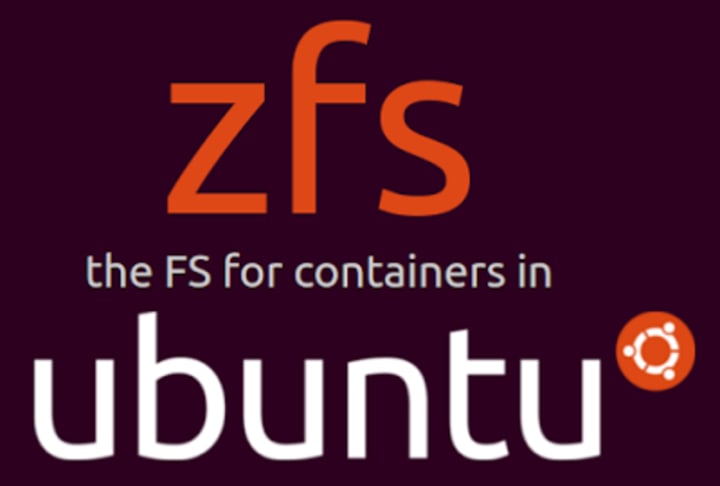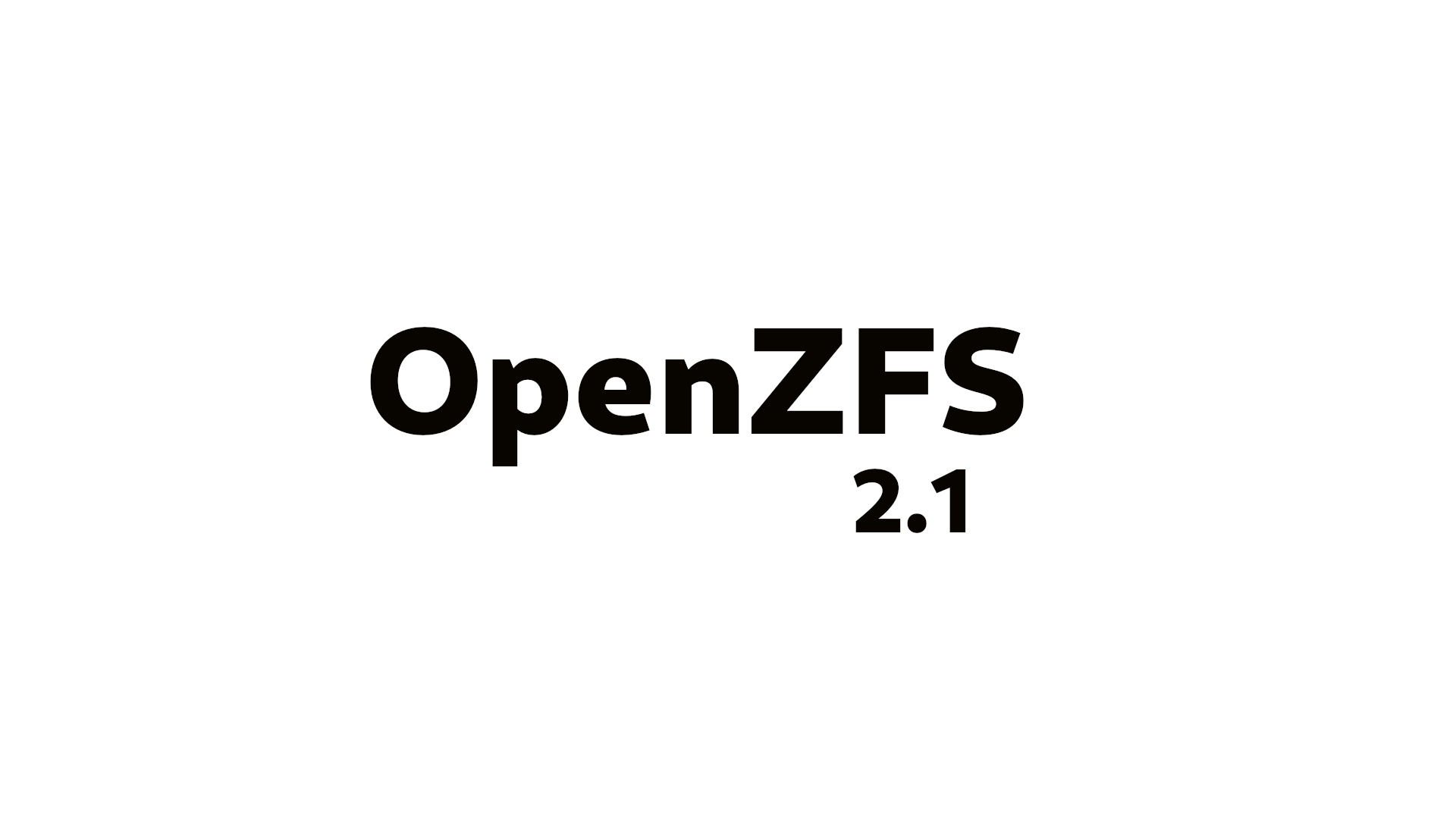
Some disk controllers may have their own naming conventions and administration tools but we’ll use fdisk in this example. Identify the disks you would like to use with fdisk. The three disks should all be the same size, if they are not the smallest disk’s size will be used on all three disks. Once ZFS is installed, we can create a virtual volume of our three disks. ZFS: Loaded module v0.6.1-rc14, ZFS pool version 5000, ZFS filesystem version 5 Create RAID-Z 1 3 disk array
OPENZFS UBUNTU INSTALL
apt-get install ubuntu-zfsĪt this point, it is best to test the kernel was correctly compiled and loaded. This may take a while due to the amount of packages apt will have to download, building the tools and the ZFS modules for the kernel. Install the ZFS binaries, tools and kernel modules.
OPENZFS UBUNTU UPDATE
Update the apt cache with the update argument apt-get update apt-get install python-software-properties If this is the case, install it before running the apt-add-repository command. You can install it by typing:Īpt-get install python-software-properties The program 'apt-add-repository' is currently not installed. In a minimum package install, you may not have the apt-add-repository installed. Simply add the repository to apt-get with the following command: apt-add-repository -yes ppa:zfs-native/stable Installing ZFS on Ubuntuīefore we can start using ZFS, we need to install it.
OPENZFS UBUNTU FULL
This gives us two full disks of storage, and a further disk for parity. This gives the added performance of striped volumes with the redundancy of mirrored volumes.įor our below example, we are going to create a single RAIDZ 1 with three disks. For example, you can mirror a striped virtual volume to create a RAID 10. In addition to these virtual groups, multiple groups can be combined. RAIDZ-2 requires a minimum of 4 disks, and RAID-Z 3 requires 5 disks as a minimum. RAID-Z 3 is recommended for highly critical data consistency environments. RAID-Z 2 and RAID-Z 3 – these are the same as RAIDZ but with two and three disks used for parity respectively.In the even of a second disk failure, all data on the RAIDZ will be lost. In the even of a single disk failure, all data can be recovered and in fact, will still be accessible providing no further disks fail. A minimum of three disks are required with one disk always being used for parity. RAID-Z – data will be written to all but one of the disks, with the remaining disk used for parity.In the event of a failed disk, all data on the stripe will be lost. This provides the fastest read and write speeds but it offers no redundancy. In a two disk striped array, half of a file would be on disk one and half of the file on disk two. Stripe – data will be stored across all available disks, equivalent to RAID 0.For example, if you use 2x 500GB disks, only 500GB will be available as the other 500GB will be a copy of the first disk. This provides the best redundancy but requires the most space.

You require a minimum of two disks for a mirrored set. This is quite simply a copy of one disk to another every time data is changed. Mirror – data will be mirrored across disks, equivalent to RAID 1.Disks can be combined into virtual groups to allow for various redundancy options: ZFS provides a data volume which can have multiple mount points, spanning multiple disks. We can now install the ZFS on most Linux distributions such as Debain/ Ubuntu and Red Hat/ CentOS.

Thanks to some clever guys over at ZFS on Linux, this has now changed. ZFS was initially developed by Sun for use in Solaris and as such was not available on Linux distributions.


 0 kommentar(er)
0 kommentar(er)
